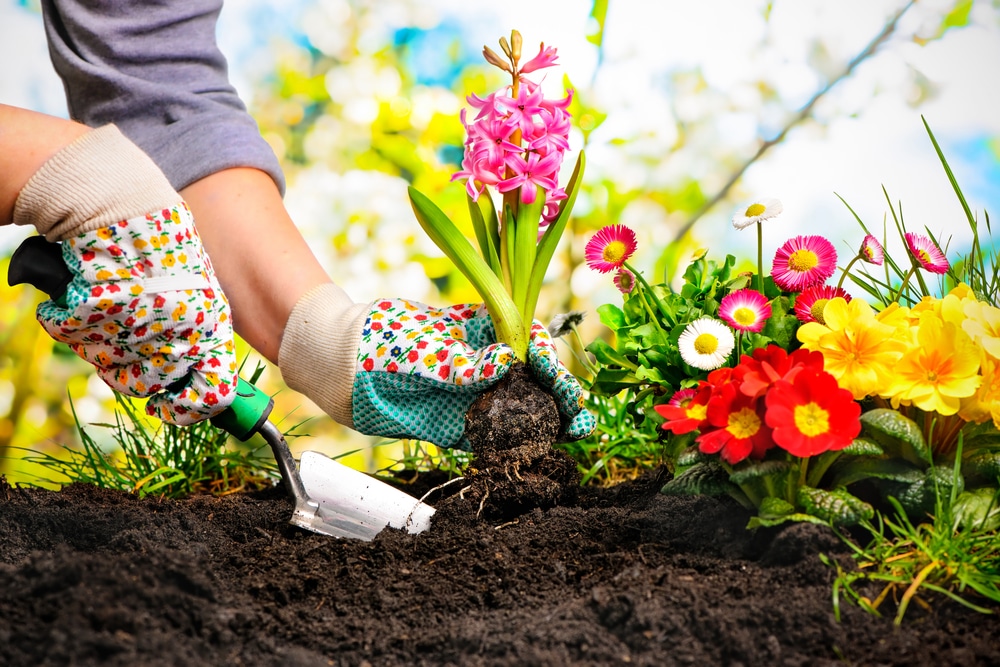You might not know that “softscaping” is a landscape design term referring to the living plants and organic elements used in landscaping. We are passionate about softscaping at Looking Good Landscaping, as we know the impact of well-selected plants on your garden.
Read on to learn about softscaping and why it is essential to any garden makeover.
Softscaping vs. Hardscaping
We love designing outdoor spaces with the right balance of hardscape and softscape features – all of which can add significant value to your home. Let’s look at the difference between softscaping and hardscaping:
Softscaping: refers to living, horticultural elements involved in landscaping. These elements include flowers, plants, grass, soil, flower beds, and ground cover. Keep in mind that trees and mulch are also considered softscaping.
Hardscaping: refers to inanimate objects used in landscaping design. Hardscaping elements include pavers, retaining walls, stone walls, swimming pools, water features, pergolas, arbors, fire pits, and gazebos. An outdoor kitchen or pool room is also considered a hardscaping element. Materials such as concrete and asphalt provide structure, assist with runoff, and prevent erosion in your outdoor area.
Looking Good Landscaping’s top four softscaping tips
Like many experienced landscape designers, we use several softscaping techniques to ensure the outdoor spaces we create feel natural and inviting. Here are our top tips for getting the most out of your softscaping.
- Hardscape first: the hardscape provides the boundaries and structure of your garden. It’s where you plan any retaining walls, water features, larger structures (like outdoor kitchens), built-in fireplaces, and any other structural elements.
- Create balance: You want to strike a balance between the elements of the garden. Too much softscaping and your garden will feel overwhelming, while too many structural elements can make a space feel stark. Adding the correct plants to your design can help you understand how much softscaping is appropriate in your garden.
- Consider the upkeep involved: be honest about how much time you can dedicate to garden maintenance. Don’t plant high-maintenance plants without reticulation if you can’t commit to watering them regularly.
- Plan for growth: You might initially feel your softscaping is too scarce. Unlike permanent, structural hardscaping elements, plants grow and need room to spread. When planning softscapes, we always consider the growth pattern of shrubs, flowers, vines, and other softscape elements and how they will evolve.
Ready to start softscaping and hardscaping your Perth home?
We’re here to help. At Looking Good Landscaping, we’re dedicated to creating the perfect solution to local gardening and landscaping challenges – including new homes, established homes, and commercial spaces. As the experts in landscape design, Looking Good Landscaping will help you choose the best softscaping options for your backyard.
We have over 25 years of experience within the Perth metropolitan area – specifically in the suburbs of Secret Harbour, Rockingham, and Baldivis, and provide high-quality, friendly service on landscaping projects across the city.
Contact us today.

